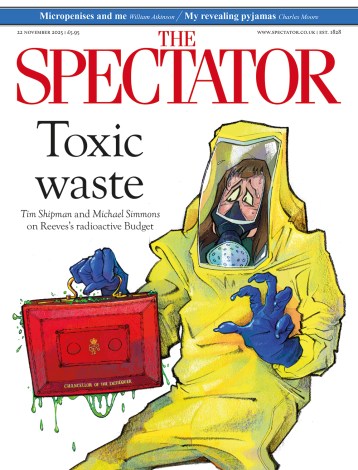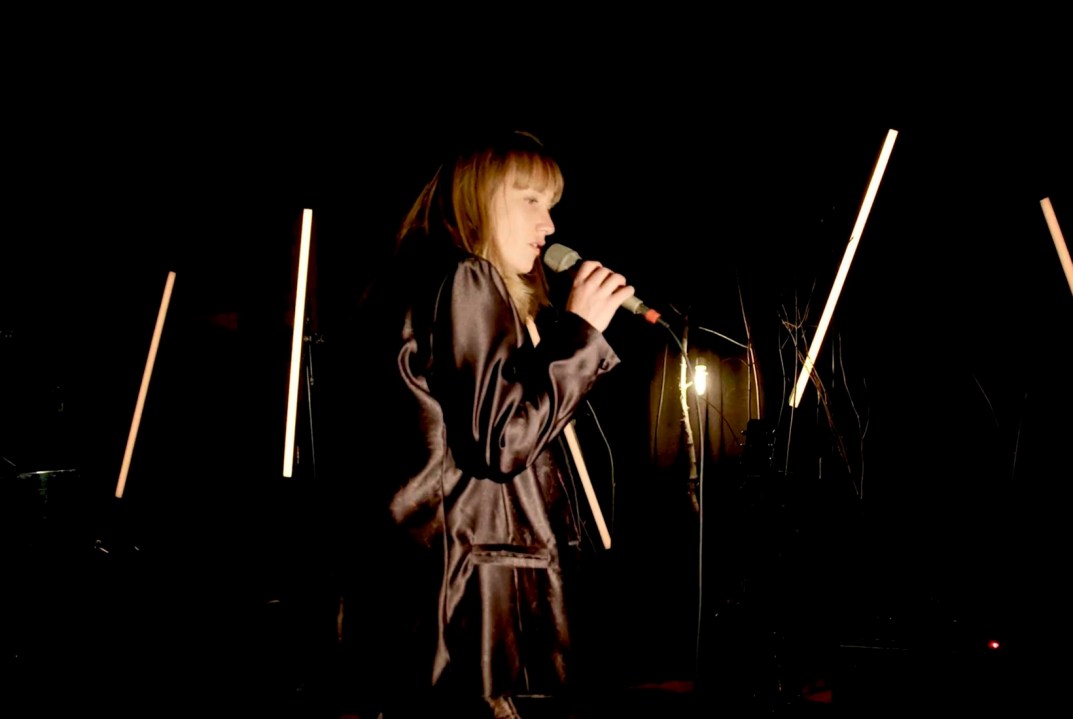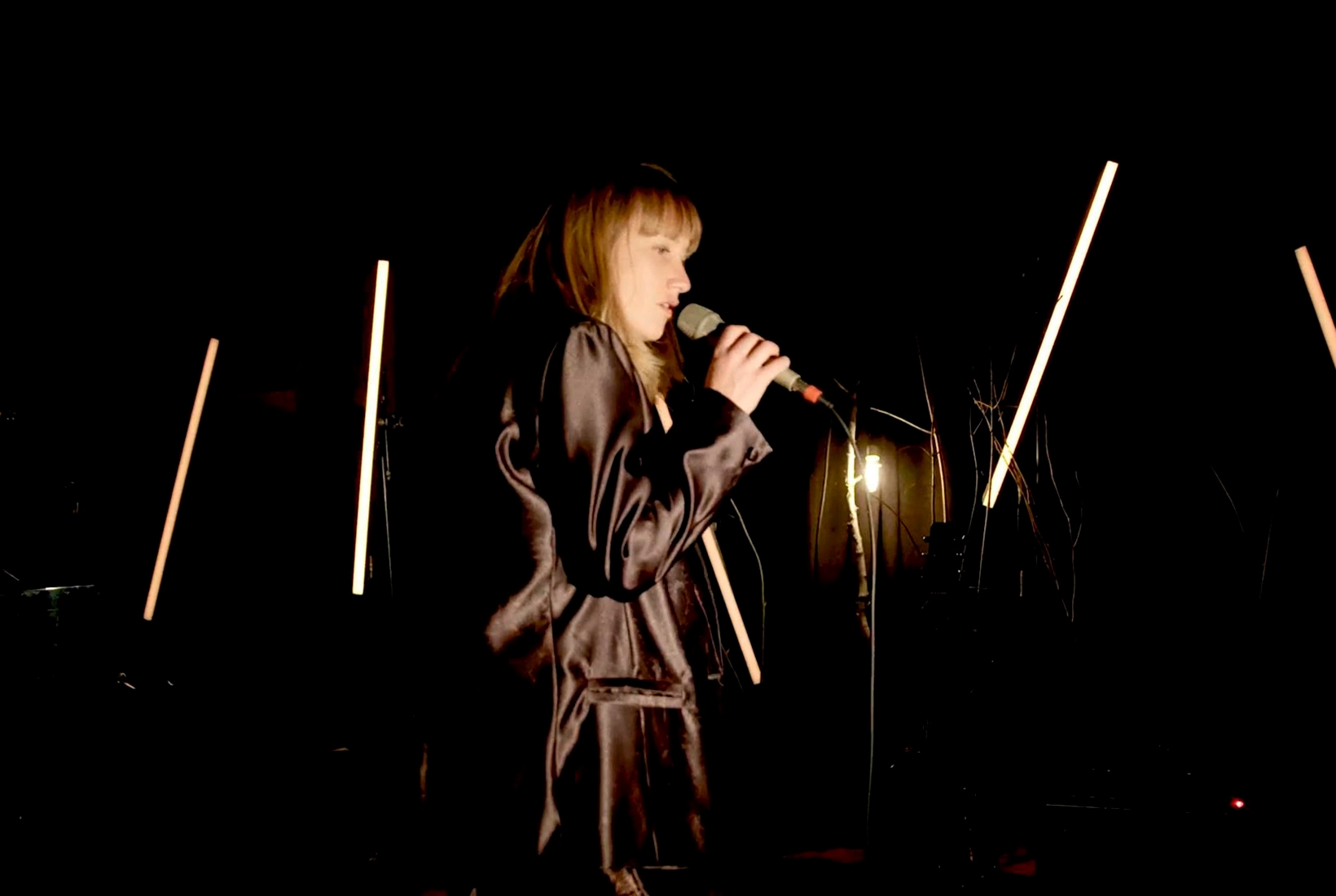One of the unforeseen consequences of the rise of streaming was a change in the very structure of the pop song. Listeners who needed only to click a button to explore an unfathomable amount of music rapidly lost patience. They were less willing to listen to long songs; they were less willing to wait for songs to develop, even over the course of three minutes; they liked songs that sounded the same as other songs they were familiar with. And so, over the past decade or so, pop has adopted a formula: songs now tend to open with a huge hook, then throw more hooks on top of that, and then — because a small cadre of songwriters and producers are viewed as safe hands — they get remade in barely different forms again and again.
Perhaps that explains some of the gratitude with which critics have fallen on Tamara Lindeman, who records as the Weather Station, and William Doyle (who used to record as East India Youth but now works under his own name). It’s not that they aren’t good — both, especially Lindeman, are very good — but one would be hard pressed to locate anything they do that is especially new on the albums they promoted on their live-streamed shows.
While William Doyle would have been a staple of John Peel, the Weather Station is more Paul Gambaccini
The Weather Station’s Ignorance is beautifully played and arranged soft rock, whose concession to newness is its lyrical focus on the climate crisis; Doyle’s new album, Great Spans of Muddy Time, is electronic art-pop. You might well have heard both on the radio in 1983, though Doyle would have been a staple of John Peel and the Weather Station would more likely have been popping up on Paul Gambaccini.
The very best of the Weather Station is a little reminiscent of the style Roxy Music perfected at the start of the 1980s, where the bass plays root notes that anchor the song, and other instruments waft sprays of instrumental perfume over the top: a dash of guitar here, a haze of piano there. It’s the only kind of rock that sounds sophisticated, a dream of twilit cocktails and soft conversation, and it was supported by the visual presentation — neon bars instead of gel lights, lots of shadows. Lindeman’s group were all in matching suits, which might have enhanced that air of elegance, but for their equally matching Covid masks.
The sense of loucheness was undercut by Lindeman’s lyrics. She’s a very sharp writer, with an eye for telling details. On ‘Atlantic’ she contrasted the joy of lying in a field, watching a sunset and drinking wine, with the fear of what lay outside that moment: ‘Thinking I should get all this dying off of my mind/ I should really know better than to read the headlines.’ On ‘Parking Lot’, she contrasted seeing a bird fly around before landing to chirp its ever-repeating song with the desire of the performer not to have to do that same thing. It sounds trite, put so baldly, but set against music it was heartbreaking.
One might quibble that at times the songs didn’t really do much: like the midfield of a not-quite-top-rank Brazilian team, they ran around in circles without quite getting anywhere, albeit extremely attractively. But then she would whip out a song as good as ‘Separated’, shifting from section to section with purpose, each laden with melodies you could thrill to. Lindeman is a significant talent.
Doyle’s was the model of the low-budget stream: a couple of cameras, a small room and some foliage. There were times — as on ‘Who Cares’ — when one felt the eternal frustration with musicians who think of themselves as experimental but also have a gift for melody: dude, songs are not beneath you! But there were moments, too, when you saw his gifts in very sharp focus. ‘I Need To Keep You in My Life’ was a bunch of different songs in one: its arpeggiated synth patterns were taken from that branch of electronica that looks to systems music; Doyle’s guitar fizzed with the dynamics of post-punk; it had the grandeur of post-rock but at the heart of it all lay a gorgeous folk melody.
While Peel might have been his natural home, Doyle is the kind of talent who every so often hits on a song so irresistible that one of the daytime jocks would have picked it up. This bookish, restrained-looking man would have ended up on Top of the Pops amid the whooping teenagers, Black Lace in neon leather on the next stage along. That the modern world of pop denies him that moment under the studio lights, and his songs that moment of ubiquity, is one of the sadnesses of this streaming age.







Comments